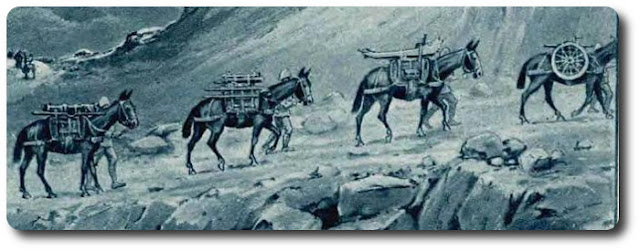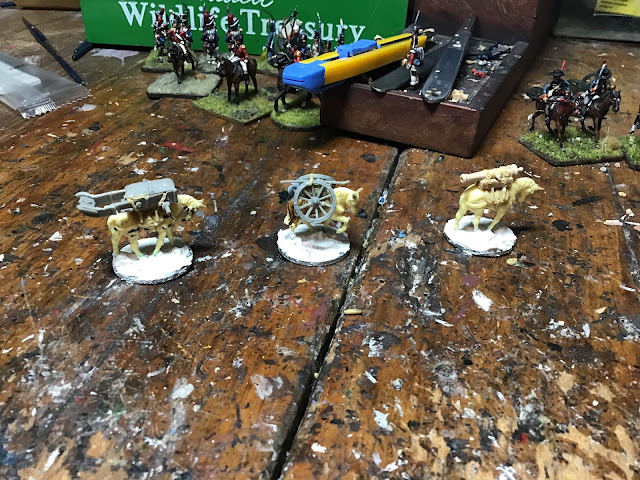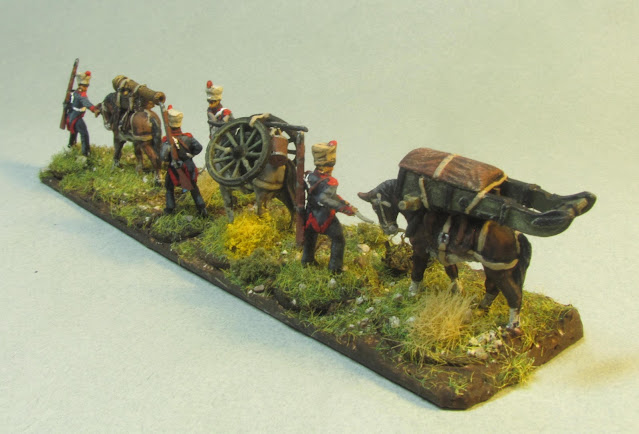I have wanted to add this unique unit to my Peninsular British forces for a while now, and finally had the time to tackle it. Their all black uniform makes them very distinctive, and the shako plume created an interesting challenge as well.
A bit of history
The Black Brunswickers, as they were known on account of their black uniform (ostensibly worn to indicate mourning for the lost duchy of Brunswick-Lüneburg, seized by Napoleon and incorporated into the new Kingdom of Westphalia) had a colourful and interesting history throughout the Napoleonic wars.
The regiment, originally 2300 strong including two regiments of infantry, one Jäeger battalion and a mixed cavalry contingent of hussars and uhlans, was raised by Duke Charles William Ferdinand’s heir, Frederick William, rather than submit to the French seizure of his duchy. They supported their Austrian allies against the French but after the defeat at Wagram, rather than accept the armistice, William led his troops into Germany, seized the city of Brunswick, and then, in the face of the approaching Westphalian forces, conducted a remarkable fighting retreat across Germany before being rescued by the Royal Navy and brought to England.
On arriving in England they were incorporated into the British army, travelling to the Peninsula and reaching Portugal in the early part of 1811. At this time the infantry were renamed the Brunswick Oels Jäegers, leading to some confusion as to whether the entire unit were light infantry, but in reality nine companies continued to operate as line infantry attached to the 7th Division while the Jäeger companies were distributed to the 4th (one company) and 5th (two companies) as skirmishers.
Their war record in the Peninsula was not stellar, viewed as inferior troops by this time as they were cut off from their recruiting grounds and tended to make up the shortfall with recruits not wanted by the King’s German Legions. As a result it became a motley collection of prisoners of war, Poles, Swiss, Danes, Dutch and Croats. Having said this, they gave a good account of themselves and served in most of the major battles after 1811, including Fuentes de Oñoro, Salamanca, Vitoria, the Pyrennes, Nivelle, the Nive and Orthez.
They returned to Brunswick in 1813 when William was able to regain his title, and were present at Quatre Bras in 1815 where the Duke was fatally injured by a musket ball.
My build
The only Brunswickers in plastic are a rather uninspired set by HaT and a set all at attention (although nicely sculpted) by Strelets, so I opted to convert some Emhar British from my unpainted cupboard instead. It was a relatively simple conversion, swapping the heads for the French style shako and sculpting some plumes, as the kit was mostly British in the Peninsular War and both uniforms had lace on the front. These guys are the line infantry that fought with the 7th rather than the detached Jäegers, which wore a dark green jacket and were rifle-armed. They carry no flag as this was the case in the Peninsula for this regiment.
































